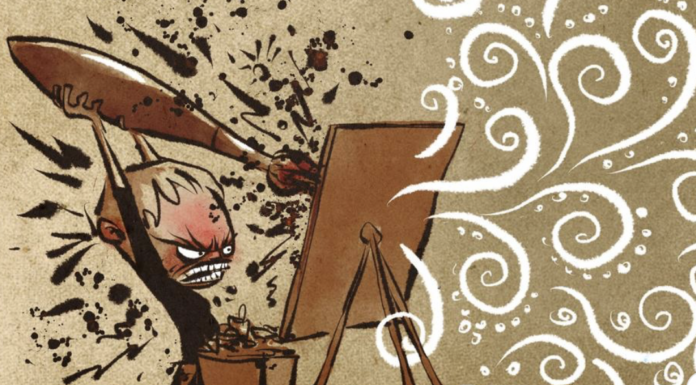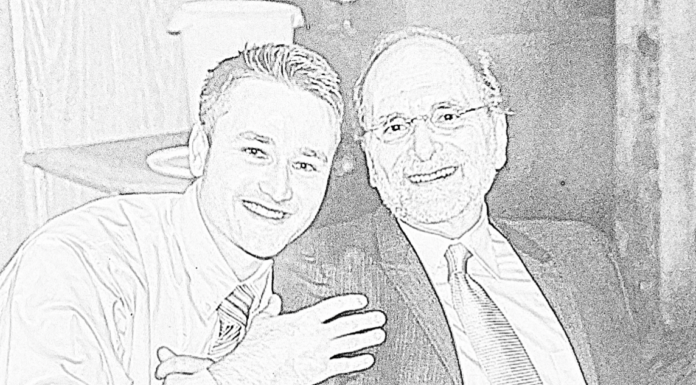Home Blog
Rousing Sleeping Dogs
I recently found a recorded conversation I had with Marvin Skorman about the head-on collision and the importance of not addressing superego resistance without the patient’s collaboration. We were looking at one of my sessions where I had “mobilized superego resistance” but...
On the “talking down to the superego” intervention
There are patients who no matter how much the therapist asks and invites: “Do you notice, do you notice… would it not be nice…. would you like to….” etc., etc. it will not gain traction. No amount of inviting or trying to...
The “Make Me Feel Better!” Patient: Omnipotent Transference Resistance, the Pleasure Principle, and Not my Best Work
It’s wonderful when treatments lead to major success and character change, but I will go out on a limb and assume that no one always succeeds and that no one never makes mistakes. I want to contribute to a culture where those...
The Fingerprint of ISTDP and Reflections on Variability in the application of the Method
I have been reflecting on what constitutes the fingerprint of ISTDP and on explanations for the variability in the application of the model. I will opine, blogpost format, on both of these issues, starting with the latter.
For starters, I assume that all...
What to do with defenses before we have a conscious therapeutic alliance? Enter the prudent landscaper
What do we do when defenses and resistances crop up early on in a session before a conscious therapeutic alliance and an agreement has been established about the therapeutic task? Tactical defenses are particularly common — gaze avoidance, vague and imprecise speech,...
The Universal Wound, Transference Behaviors, and Stepping out of the Shoes
— Transference behaviors here meaning both ‘resistance’ in the narrow sense as well as distorted perceptions and unconscious attempts by the patient to pull us into enactments
Stepping out of the shoes and the universal wound
Nothing really therapeutic and healing happens when we are in...
Portraiting: Considerations of some common issues
Here are a few brief and far from exhaustive reflections for ISTDP-informed therapists interested in the technique of portraiting the impulse component of emotions and feeling-states, such as rage, longing, and tenderness.
When portraiting, we want to first and foremost be clear about our aim....
ISTDP-informed Couples Therapy
— a Skorman/Kieding amalgamation perspective
In couples therapy, you are initially dealing with needing to establish two separate conscious therapeutic alliances that have enough overlap so that there is a shared vision for what changes they each aspire towards. This shared vision, if...
When supportive therapy is not supportive
Consider the idea of pseudo-contact: the patient who is using the relationship with the therapist as a defense.
The patient uses the supportive relationship with the therapist as a defense, allowing them to keep others at a distance because they are getting some pseudo-contact with...
Maladaptive interpersonal patterns and ways to intervene
Observations from thousands of hours of both individual and couples therapy sessions:
The patient that monologues, gives speeches, and answers their own questions (and/or dictates to the therapist how they want the therapist to do her job):
Th: Do you notice how you are...
Recent articles
The “Make Me Feel Better!” Patient: Omnipotent Transference Resistance, the Pleasure...
It’s wonderful when treatments lead to major success and character change, but I will go out on a limb and assume that...



























